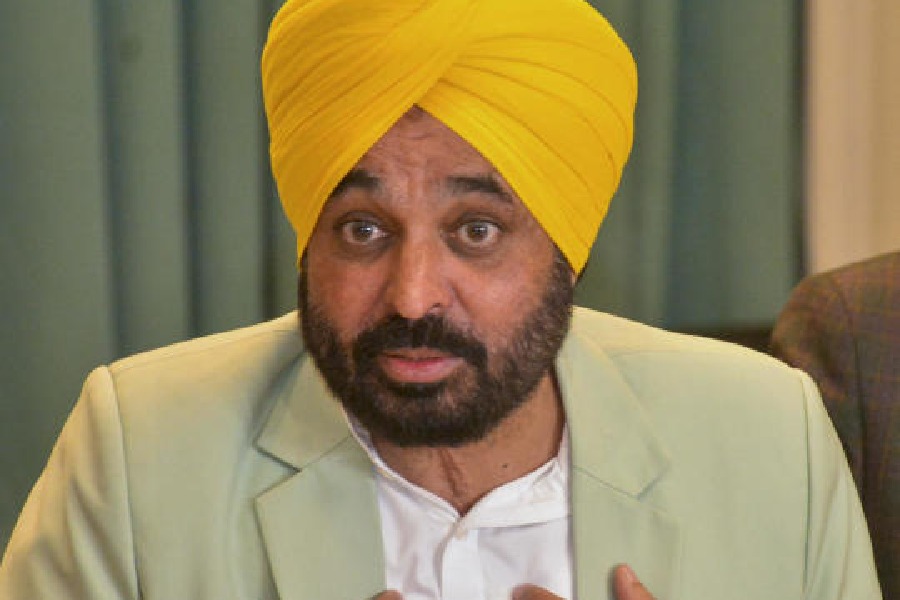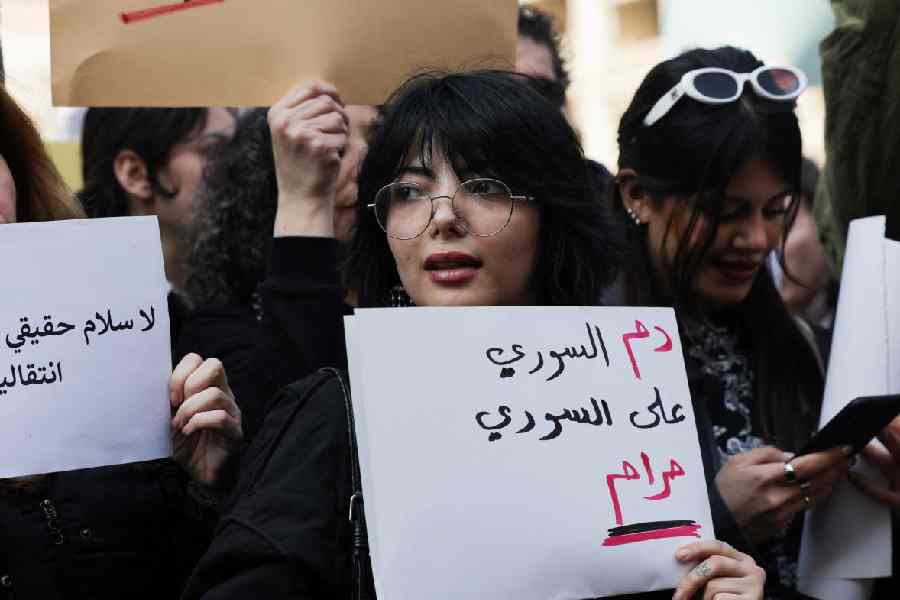What did Maureen Wadia and Parmeshwar Godrej have in common aside from being married to leading Indian industrialists? They both were Air India stewardesses (a term no longer used) and met their husbands while flying with the airline. Being one of Air India’s elite sisterhood of impeccably attired flight attendants had once meant glamour in the skies. But after it became state-run, the airline’s aviation dress code and service took a hit.
Now, the Tata Group is seeking to revive the carrier’s classy cachet and smartly turned-out aircrew are very much a part of its brand-makeover strategy. Hence, it’s introduced new tough guidelines telling its inflight crews how to walk, talk, stand, style their hair and – for women – do their make-up that look to be modelled on the notoriously strict Singapore Airlines stylebook.
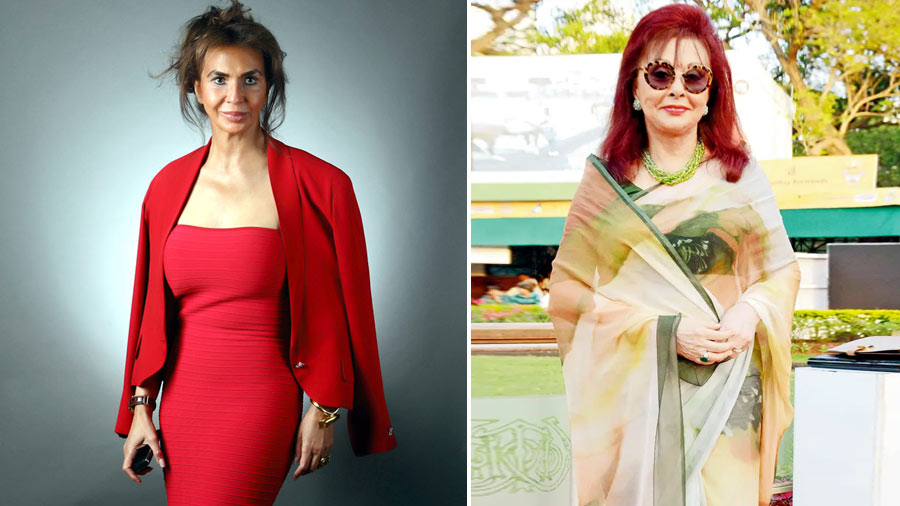
Parmeshar Godrej (L) and Maureen Wadia
For starters, Air India doesn’t want to see grey hair on either male and female cabin crew. The carrier’s 39-page “Grooming Code of Conduct” stipulates that grey strands must be coloured using “company-approved colours" --- no blonde dye allowed. Male cabin crew with receding hairlines or bald patches must shave their heads every day Yul-Brynner style to look tidy.
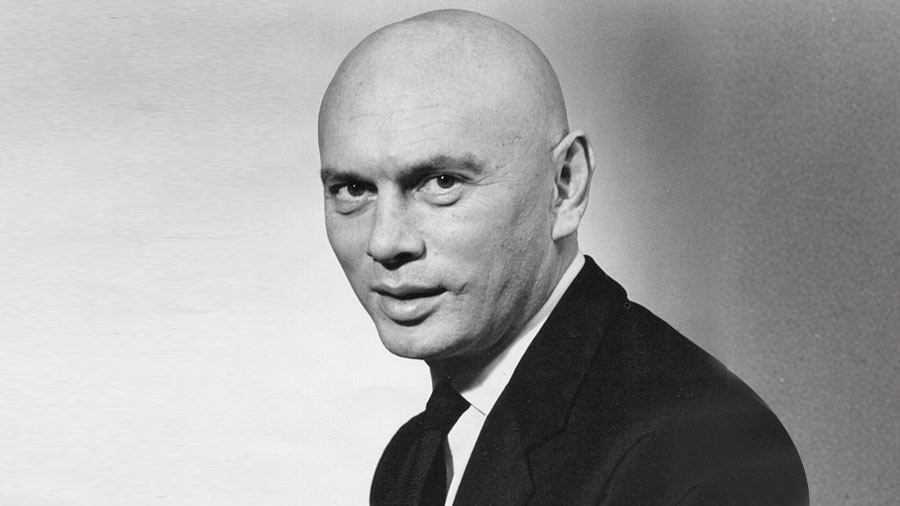
Air India has stipulated that men with bald patches must shave their head regularly _ a la Hollywood legend Yul Brynner who became known for his shaved head, which he maintained as a personal trademark long after adopting it for The King and I. File picture
Air India’s emphasis on looking good at all times and being not too heavy on the scales fly in the face of a trend among many Western carriers to go easy in their focus of weight and attractiveness amid allegations that such requirements are sexist and body-shaming.
But marketing and creative communication leader Meher Sarid, who was a Cathay Pacific airhostess and then a hostess trainer, says Air India’s rules make sense. “When you’re the face of the airline you are treated as a model. Any model should look good. You are the brand ambassador for the airline,” she says. “I’ve been in the hospitality industry and I’ve been in airlines. In both places they are very strict about grooming,” she adds.
Not more than an inch of midriff

The guidelines cover every aspect of looks and clothing from the types of jewellery that’s allowed to foot hygiene and comportment in airports and aboard planes and they apply to cabin crew whilst they’re on duty or walking through airports on the way to and from their planes.
For some of the guidelines, a ruler is needed. Women mustn’t let more than a carefully measured inch of midriff show between their perfectly tailored blouses and their sarees which must be worn precisely at the waist.
There are some rules that apply to both sexes: For instance, “use of foot antiperspirant, a combination of antiperspirant, deodorant along with a perfume must be part of daily hygiene routine,” the handbook says. “Crew must regularly check on their body odor during flights,” it adds.
Two coats of nail polish every day
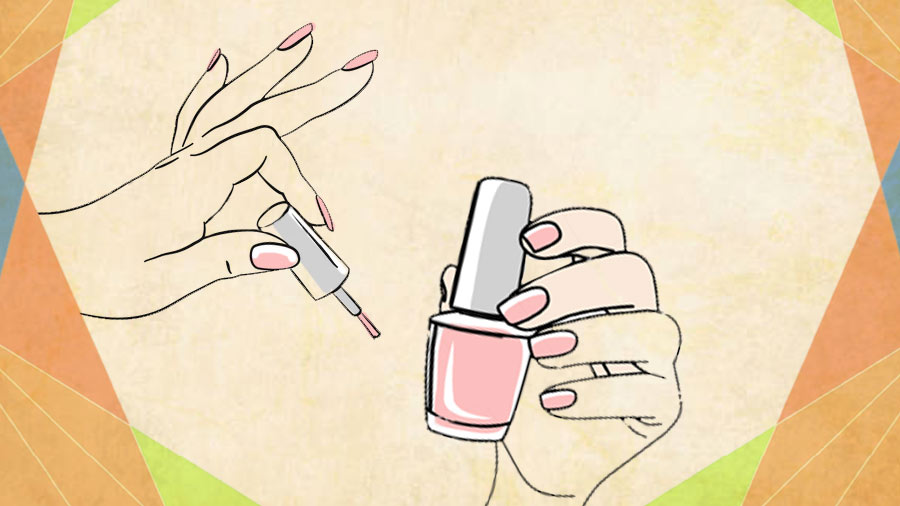
The Indian flag carrier’s rules are particularly demanding for women. “It is mandatory for all female crew to wear the below mentioned 10 make-up items for all flight duties… to enhance their appearance,” the handbook says. These are concealer, foundation, translucent powder, eye shadow, eye liner, kajal, mascara, eyebrow pencil, lipstick and blusher,” again in company-stipulated shades. Two fresh coats of nail polish are to be applied every day.
Along with grey, hair, other signs of ageing also aren’t welcome. Crew with “mature skin must use an anti-ageing serums followed by an anti-ageing cream,” the handbook says. Need to wear glasses? That’s okay for crewmembers as long as the glasses are in an approved design and colour and crew “must carry a supporting prescription for wearing it inflight.”

As well as style rules, the guidelines offer very clear thoughts on how crew must comport themselves in airports and planes. One chapter titled Deportment, Etiquette and Personal Hygiene has a section titled ‘Standing’. In this, it points out that, “good posture makes a person look taller and slimmer.” The rule book adds helpfully: “It also reflects a more confident and positive image.”
Head, back and shoulders straight
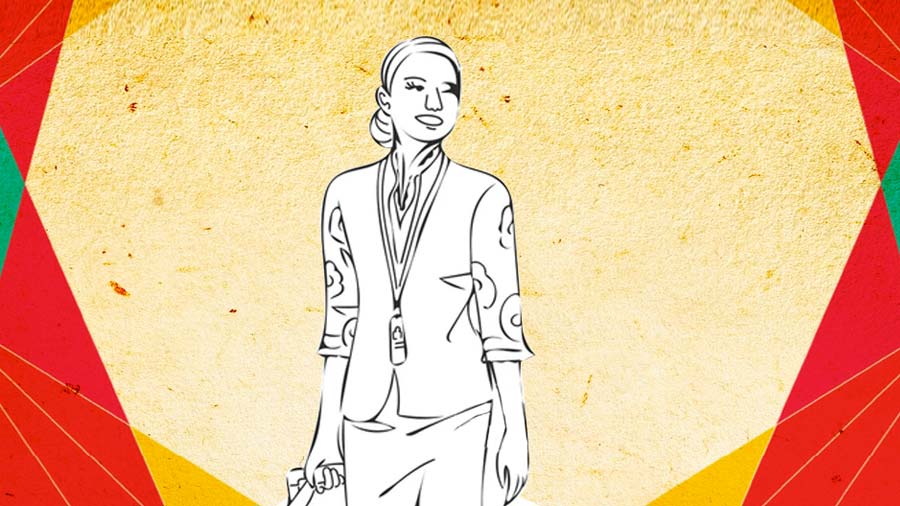
Walking through the airport is, of course, all important, and there are tips for how this should be done to achieve maximum effect. For starters, it says: “When standing always hold the head up.” And it adds: “keep the back and shoulders straight.”
If staffers have any doubts about how to achieve the best possible posture, the rule book helpfully throws in a few additional tips. “Divide your body weight equally on both legs, knees straight and maintain a palm distance between your feet.” No, it doesn’t suggest bending down to measure the palm distance.
However, if a crew member does have to pick up something from the ground, the rulebook offers suggestions on how to do this safely. “Adopting proper posture when lifting can prevent back injuries. It also provides better stability and the ability to pick up heavier things. Bend the knees when picking up or lifting something.” If that isn’t enough, it also adds: “Place the arm on the thigh to balance and support the back.”
And of course, don’t forget “the smile.” The rulebook’s Etiquette/Manners section makes it very clear that staff must, “Always keep a genuine smile and maintain finesse and politeness.” If that isn’t clear enough, it adds: “Always maintain an interested and helpful expression.” Importantly, it suggests staff should always, “maintain distance of at least 2ft while interacting” and remember to, “speak softly and clearly” and, of course, not “use abusive language.”
Earrings mandatory, but choices specified

Air India was founded by JRD Tata who was extremely fastidious about standards and the Tatas, which retook control of the debt-ridden airline early this year, are hoping to restore the airline to its former high-flying glory.
As far as personal adornment, when it comes to jewellery, the airline has extremely clear rules on what’s allowed and what isn’t. Earrings “are mandatory for female crew.” But they must be very careful to adhere to the narrow rules of what they can and can’t wear. What’s allowed is a single white stone/stud, “such as diamond, zircon, American diamond or plain gold studs in round shape are permitted.”
What’s more the single stone or gold stud must not be more than 6.5mm and 01 carat. Also, they can only be round, “without any pattern, designs, gold or silver ornamentation.” Nothing else is permitted. “Earring with colored stones, cluster of stones, square and triangle shaped diamond studs are not permitted,” the handbook intones firmly.
Only silver/platinum/gold ring with diamond
Similarly, when it comes to rings, the rules are clear that only a silver/platinum/gold ring with a diamond may be worn with uniform. And, “only a maximum of two rings are allowed but must be worn one on each hand.” Oversized rings and rings with coloured stones can’t be worn and ring-width should not be over one centimetre.
Bangles, too, must be of a very clear type. “Only white or yellow gold metal bangles without any design.” Neck jewelry is firmly prohibited including mangalsutras and taalis. Nose piercings, unsurprisingly, are also verboten. If staff have a nose piercing mark it should be “covered with a concealer”.
Sarid says there are reasons for the jewellery regulations: “You are handling ovens, you are handling people’s meals. It can get unhygienic if things get stuck to your ring. If your hand goes into an oven the stone and the metal can burn you. In an emergency situation, jewellery could get stuck which could cause a disaster.”
Watches with second hands
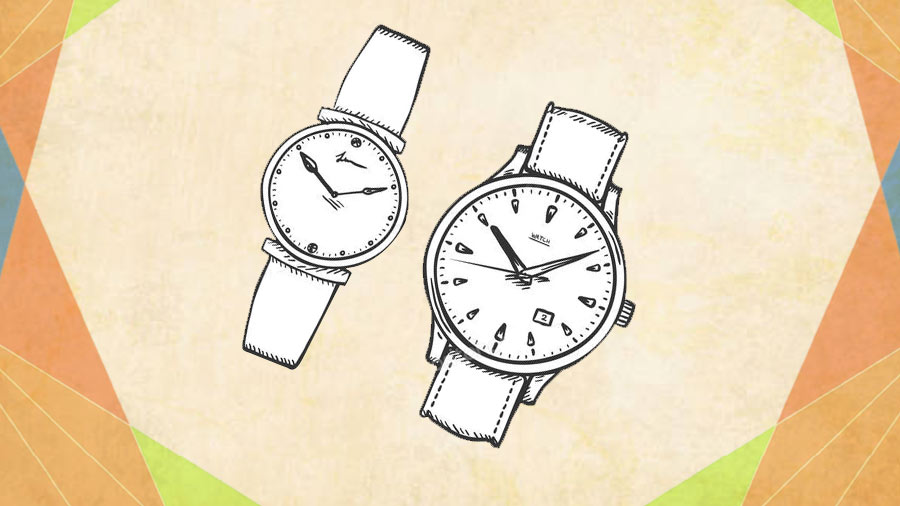
Even watches are subject to the strictest rules. A formal watch is a must and most importantly, they must all have second hands. The “permitted dial shapes are round, square and rectangle,” says the rulebook which also specifies that, “the diameter of the watch dial inclusive of dial casting must be within 3.5cm”. What’s more, crew must carry a spare watch in their cabin bag, “in approved size and design.” Fitness bands may also be worn but are subject to the same design specifications.
There’s plenty more to be careful about. Once they’re on a flight, crew should remember that, “reading items such as newspaper, magazines and story books are strictly prohibited.” However, fear not: There is some permitted reading material. “Cabin crew may read the In-flight magazines, In-flight Menu, and Safety Manual as a quick reference.”
Of course, mobile phone usage is also subject to strict rules. “If a cabin crew on duty receives a call related to an emergency or work matters, the cabin crew shall stop and step aside to answer the call. Talking on the phone while walking is not permitted,” the rules sternly decree. Once on the plane mobiles cabin crew must not keep phones in their pockets.
Will these rules work for AI?
Will these rules work for Air India which will now be an amalgam of five different airlines – Air India, Vistara, Air India Express and Air Asia India (and don’t forget Indian Airlines was in a half-finished merger with Air India some years ago)? Air India Express and Air Asia India are low-cost airlines where appearances may count for less than the price of the seats.
Singapore Airlines, which will play a key role in running Air India, has always been very finicky about appearances. But the new guidelines will come as a shock to many Air India staffers brought up in a different culture. Says Sarid: “I think eventually they will be a little flexible. But when you’re trying to take over an airline and change its face. then something must give.”
Will all these tight crew appearance controls help to put Air India, which is about to undertake a huge fleet expansion, on the flight path to recovery? That remains to be seen. But the airline is definitely intent on looking good, come what may.








